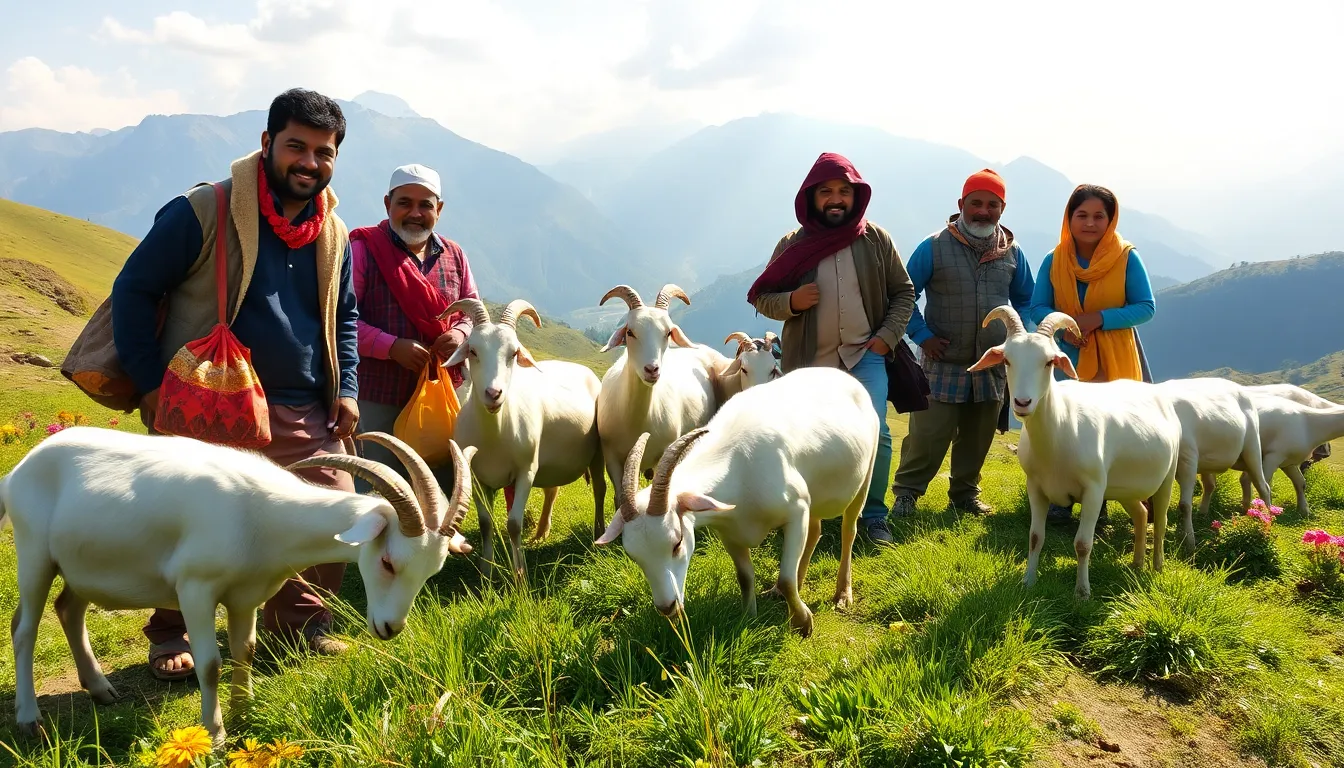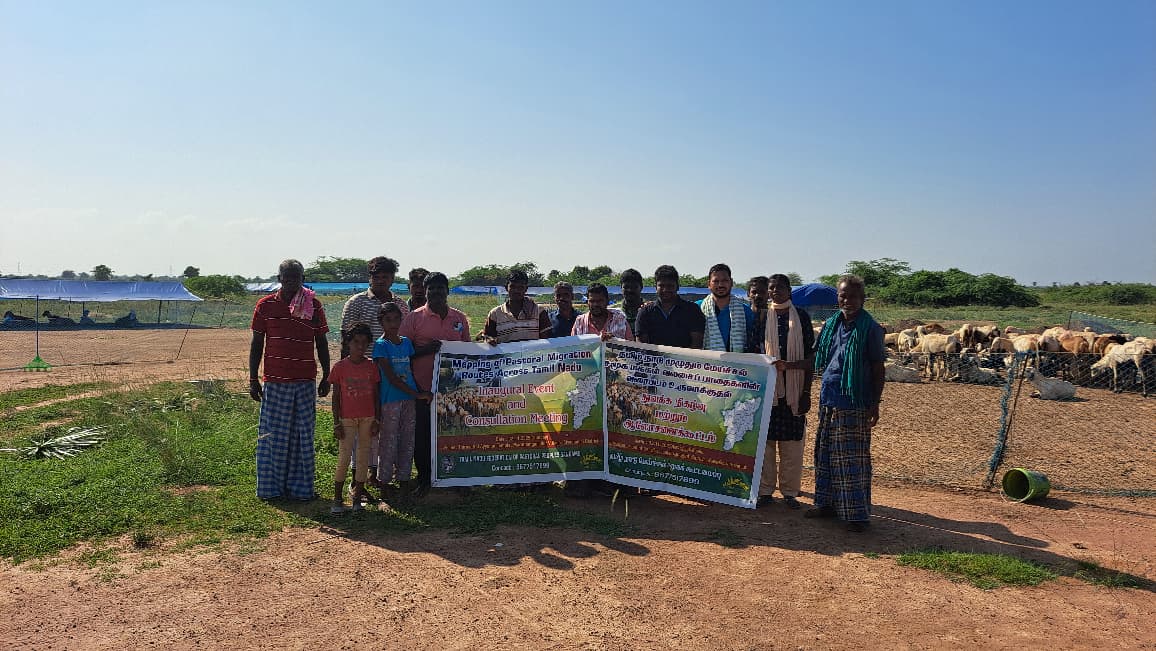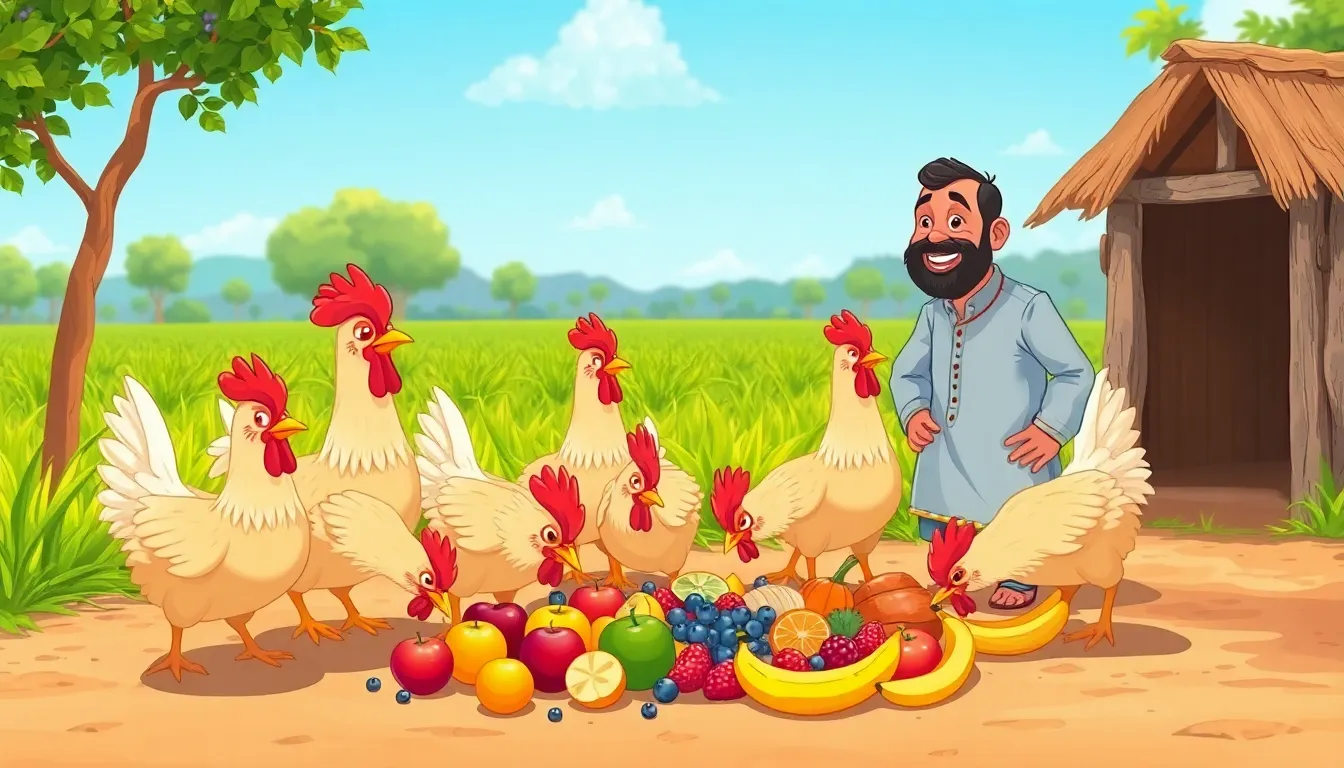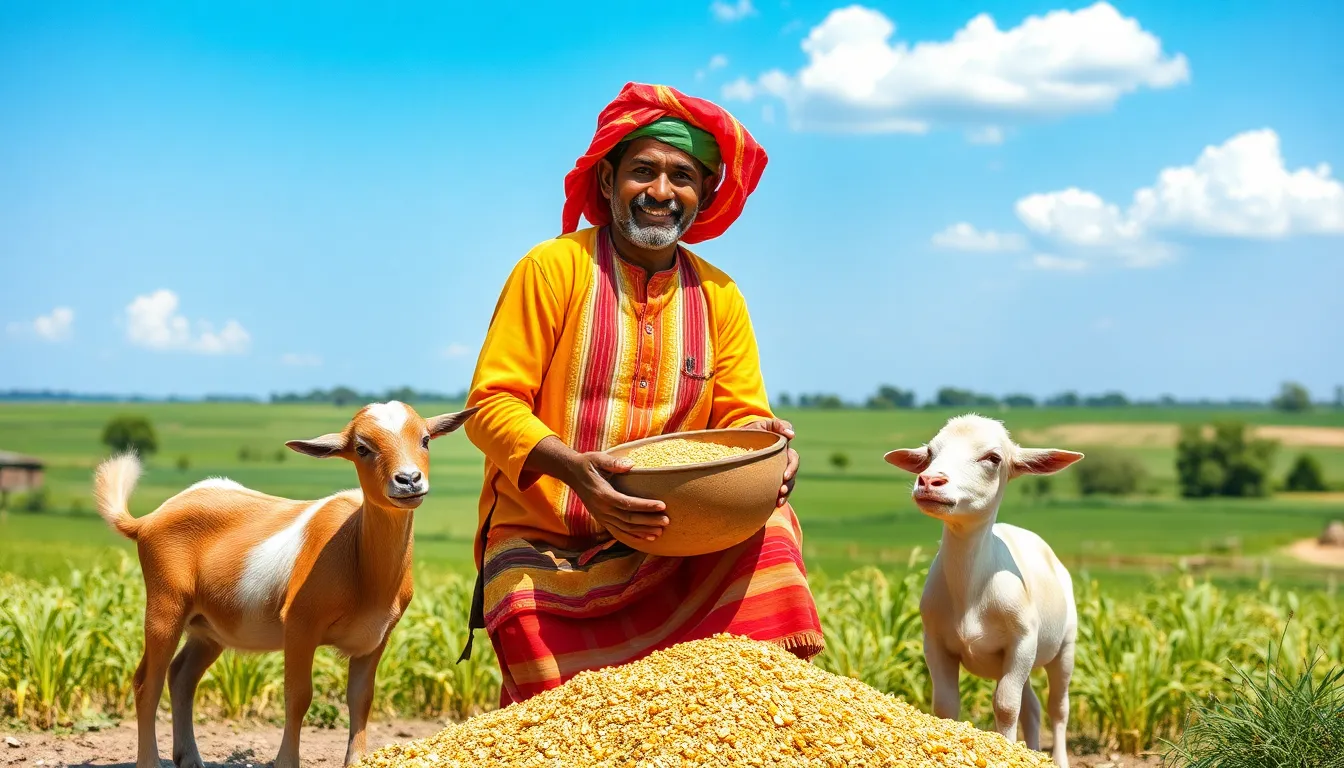The Gaddi goat, also known as the White Himalayan goat, is an important breed found in the hilly regions of Himachal Pradesh and Uttarakhand. It plays a significant role in the livelihoods of local communities. These goats are known for their strength, resilience, and multiple uses. They provide milk, meat, wool, and even serve as a means of transport for goods.
Gaddi goats are well-suited for cold and rugged terrains. They thrive in these challenging environments. The breed is vital for the Gaddi tribes and marginal farmers in the region. They are often a source of pride and a symbol of traditional farming practices.
These goats typically weigh between 30 to 35 kilograms and stand about 74.27 centimeters tall. Their coat is mostly white, but some have tan, black, and brown variations. Gaddi goats have long, curved horns and drooping ears, giving them a distinct appearance.
Gaddi goats are primarily raised for their milk, which averages about 1.5 kilograms per day. The milk is nutritious and is often used to make traditional dairy products. In addition to milk, their meat is lean and coarse, making it a popular choice for local dishes.
Another valuable product from Gaddi goats is their wool. The hair length ranges from 17 to 19 centimeters, and each shearing can yield between half a kilogram to one kilogram of wool. This wool is prized for its quality and is used in various textiles.
Gaddi goats breed once a year, usually giving birth to a single kid. This slow reproduction rate means that farmers must provide excellent care for their goats. Proper nutrition and health management are crucial. They thrive on a diet of legumes, fresh grass, and hay. Farmers often pay close attention to the feeding of pregnant ewes to ensure healthy lambs.
In addition to providing food and materials, Gaddi goats also play a role in transportation. Castrated bucks are used to carry goods across the difficult terrains of the Himalayas. This makes them not just pets but essential partners in the farming lifestyle.
The Gaddi goat population is significant, with about 472,405 reported in the 2007 Livestock Census. This number highlights the importance of this breed in the region. However, challenges such as diseases and climate change threaten their existence. Farmers are encouraged to adopt better management practices to ensure the health and survival of their goats.
Overall, Gaddi goats are more than just livestock; they are a way of life for many families in the Himalayas. They symbolize resilience, tradition, and sustainability in the face of modern challenges. Supporting Gaddi goat farming means supporting the livelihoods of hill farmers and preserving a unique cultural heritage.
In conclusion, the Gaddi goat is a vital asset for the communities in Himachal Pradesh and Uttarakhand. Its multifaceted contributions to agriculture and daily life make it an invaluable breed. As we face new environmental challenges, the role of Gaddi goats will continue to be crucial for the sustainability of hill farming.




